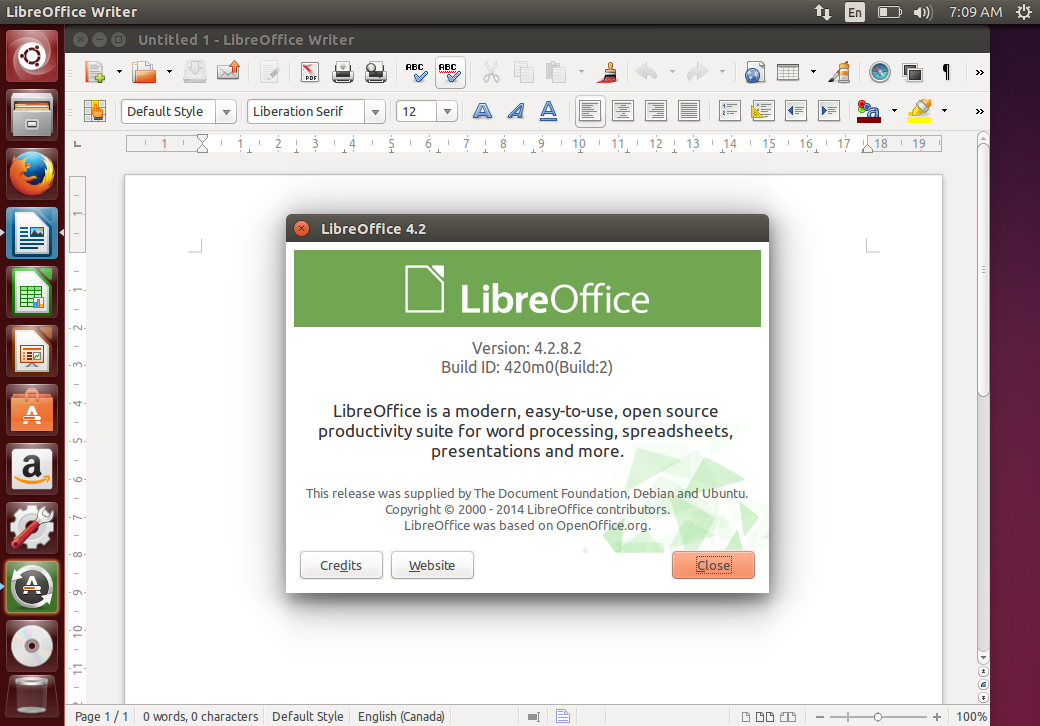

As our school's webmaster, the ability to easily create and upload PDFs to our website made OpenOffice a no-brainer.
#Openoffice libra pdf
OpenOffice Writer included features that Microsoft Word didn't-like being able to save a file in PDF format.
#Openoffice libra software
As a teacher, I really appreciated this, because many of our school's students couldn't afford to buy their own copies of Microsoft Word, PowerPoint, and Excel.Īs the software continued evolving, I found it offered a serious alternative to proprietary software.
#Openoffice libra install
I discovered I could also download and install the application on Microsoft Windows. While all this was going on, I continued to use and explore Linux. With their support, LibreOffice continues to evolve, improve, and thrive. The Document Foundation gathered over 95% of the previous OpenOffice community around the newly independent and community-led project. In 2011, Oracle decided to stop developing OpenOffice and passed the project off to the Apache Foundation. In 2009, Oracle purchased Sun Microsystems and there was some concern about what would happen to OpenOffice. The Document Foundation forked the project, and it became LibreOffice in 2010. It started with a dual license-LGPL and the proprietary SISSL (Sun Industry Standard Software License)-but it evolved to pure LGPL from version 2.0." The Document Foundation told me, "For almost 10 years, the software was developed under Sun stewardship, from version 1.0 to version 3.2. Anyone could download the office suite at no charge for personal use. In 1999, Sun Microsystems bought Star Division for $73.5 million, changed the software's name to, and released the code as open source. The Document Foundation's team told me that "StarWriter, the ancestor of the LibreOffice suite, was developed as proprietary software by Marco Börries, a German student, to write his high school final thesis." He formed a company called Star Division to develop the software. My reminiscing led me to reach out to the Document Foundation, which governs LibreOffice, to learn more about the history of this open source productivity software. And, over time, it became an important part of my career as a student and an educator. StarWriter wasn't quite the equivalent of Word, but it (and StarOffice's other components) were all adequate and free. Word seemed like a dream come true-it highlighted misspelled words and underlined grammatically incorrect phrases.

My go-to word processor had been Microsoft Word. Before that, I had used a variety of word processors on a variety of operating systems. It wasn't called LibreOffice back then-it was called StarOffice 3.1, and it was part of my first really successful Linux install on Red Hat 6.1. Discover more about its background and what our community has achieved in recent years: Welcome to the communityĪ recent tweet from LibreOffice took me back more than two decades to my first encounter with the software.ĭid you know? LibreOffice has a rich history: it was based on, and StarOffice before that.


 0 kommentar(er)
0 kommentar(er)
